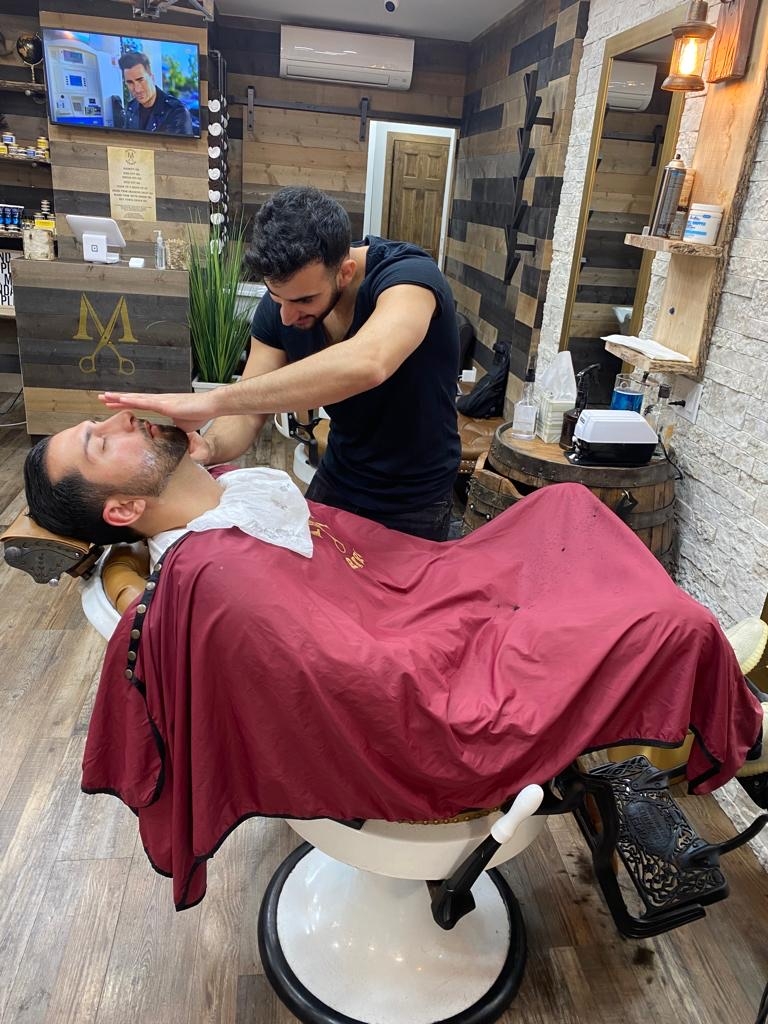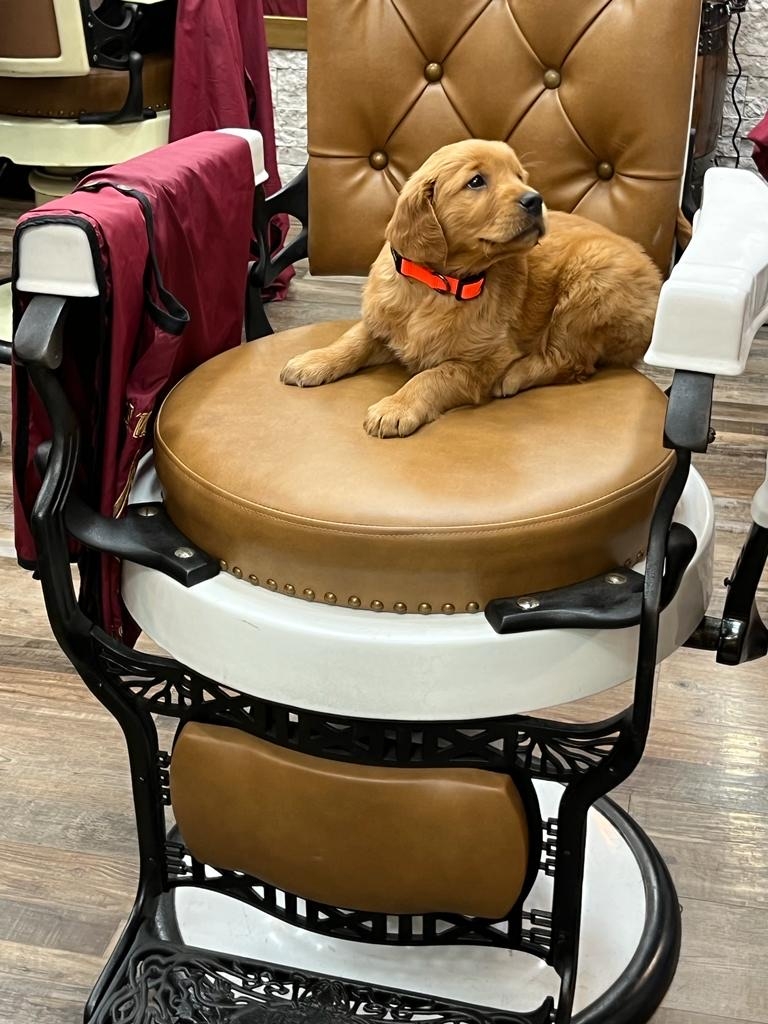To properly disinfect a straight razor before and after shaving, it is important to first clean the razor with warm soapy water to remove any debris or residue. After cleaning, the razor can be disinfected by soaking it in a solution of rubbing alcohol or hydrogen peroxide for at least 10 minutes. Alternatively, the razor can be sterilized by boiling it in water for a few minutes. After shaving, the razor should be cleaned again with warm soapy water to remove any remaining shaving cream or hair. It can then be disinfected using the same methods mentioned before. Properly disinfecting the straight razor before and after shaving helps prevent infections and ensures a clean and safe shaving experience.



